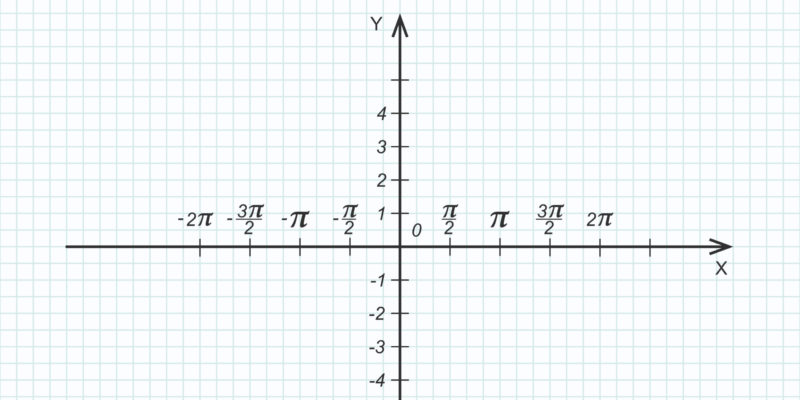We explain what vectors are and how these lines are represented. Also, what are its general characteristics and classification.
What are vectors?
Agents or lines that transport something from one place to another are known as vectorsIt is a term used in physics and is expressed graphically by a straight line from one point to another and in a particular direction.
There are different types of vectors: parallel, fixed, sliding, opposite, collinear or free, among many others.
Different operations can be performed and various data can be obtained with the vectors, such as an ordered derivative, the angle between two vectors , ordinary derivatives or covariant derivatives.
All vectors are expressed with letters that indicate their origin, direction and destination.
This term is used in geometry and will always be represented by an arrow in a straight line. There are many applications of vectors in nature, for example in speed, force , electromagnetic fields, and weight.
Characteristics of vectors :
-
Origin or point of application
 It is the origin from where the vectors start. Every vector must start from a point to reach the objective that is set.
It is the origin from where the vectors start. Every vector must start from a point to reach the objective that is set.However, there will be vectors that allow the modification of the point of origin or the point of application and that will not change the result and other vectors that will not allow it since, when modifying this point of origin, the result would be modified.
direction and magnitude
In order to understand what a vector is, it is necessary to take into account the direction and magnitude.
- Direction. It is graphed through an arrow that indicates a certain direction.
- Magnitude. There are physical or scalar magnitudes ( temperature , pressure, mass and volume) and vector magnitudes (displacement, velocity, acceleration and electric field). The difference between one and the other is that the first ones are included with a numerical data, while the vector ones are calculated in relation to other data. The physical magnitude is expressed in printed mathematical texts with a bold letter, while the scalar magnitudes are represented in italics.
-
Difference Between Vector and Scalar
Vector representation

Vectors can be represented in the form of a graph and, in turn, these can be graphed in two or three dimensions. Every vector graphic must have:
- A numerical scale that is clear.
- An arrow (with a point) indicating a certain direction.
- Magnitude and direction clearly displayed on the chart
-
Module
Sense
The sense refers to the direction or orientation of the vector . For this reason it is always essential that every vector is expressed as an arrow, oriented in a specific direction.
-
Equality, opposition and parallelism

- Equality. Two vectors are considered to be equal when their coordinates are also equal, so they will have the same length.
- Opposition. Two vectors that share the same magnitude, the same direction but the opposite direction are opposite vectors.
- Parallelism. Two vectors can share the same direction but different magnitude. Furthermore, it can happen that two vectors are antiparallel if they have an opposite direction but do not necessarily share the same magnitude.
-
Vector Classification
- Fixed or bound vectors. They are the basic type. In order to know if a vector is bound we will need to know its module, its direction, its sense and its point of application.
- Sliding vectors. Some physical magnitudes, although they can respond as linked vectors, produce the same effect if another application point is taken on the same support line.
- Free vectors. These do not need the precision of an application point.
Vector Application Areas

Vectors are abstract meanings so they are not only applied in the mathematical field : they are also used in biology , in mapping, computer science and others.
-
addition and subtraction of vectors
The addition or subtraction of vectors can be done in two different ways: mathematically or graphically.
The above content published at Collaborative Research Group is for informational and educational purposes only and has been developed by referring reliable sources and recommendations from technology experts. We do not have any contact with official entities nor do we intend to replace the information that they emit.
Passionate about understanding and contributing to a world that does not stop changing. New forms of Work, Sustainability and Technology. For many years he has worked as a creative for large international companies. He has a Ph.D. in information technology and he has been doing quantitative research in the interdisciplinary areas of information systems, cyber security, data analytics and artificial intelligence. He continue to look for creative solutions through technology to help companies to be more humane and sustainable..
Leave a reply
Your email address will not be published. Required fields are marked *Recent post

Sport: What Is It, Types, Risks, Features, Characteristics and Examples

Dogs: Emergence, Features, Characteristics, Feeding and Breeds

Story: Definition, Elements, Structure, Features and Characteristics

